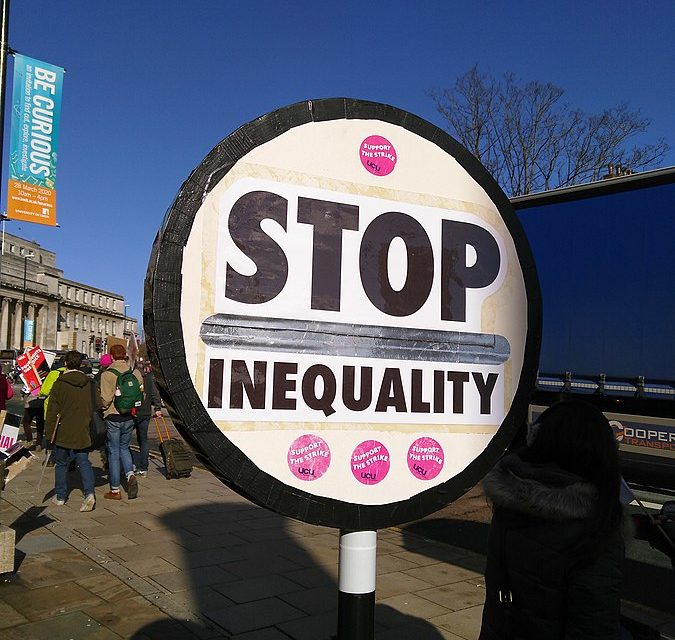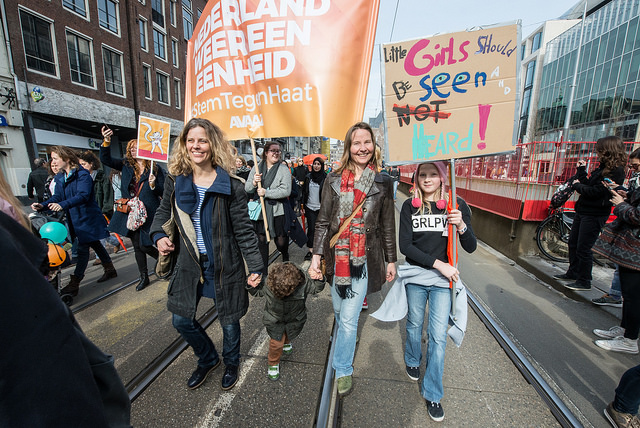
Alarichall / CC BY-SA (https://creativecommons.org/licenses/by-sa/4.0)
It has been around 10 weeks since the official lockdown in the UK. As the situation has evolved and more data has become available, one thing has become explicitly clear- BAME groups are being disproportionately affected. Not only are BAME groups more likely to die from COVID-19, they are also more likely to end up in an Intensive Care Unit (ICU) than their white counterparts. Such a harrowing trend cannot be ignored, and it can only be rectified once its causes are fully understood. Despite ill-informed attempts to attribute the situation to ethnicity itself, a considerable amount of evidence points to it being socio-economic in origin.
One socio-economic factor is that of housing. All BAME groups are notably more likely to live in overcrowded accommodation than the white British majority. In London alone, there are fewer than 2% of white British households that have more residents than rooms. In contrast, this figure is just under 30% for Bangladeshi households, 18% for Pakistani households and 16% for black African households. Not only does living in such close proximity to others increase the likelihood of viral transmission, it prevents individuals from properly self-isolating and/or adhering to social distancing guidelines.
Added to this, BAME groups are also disproportionately likely to live in large urban areas. For example, 60% of the overall black population and 50% of the overall Bangladeshi population live in London, with 13% of the Pakistani ethnic group residing in Birmingham. As these cities have been hit particularly hard by the pandemic- due in no small part to their connectivity and population density- the geographic distribution of BAME groups can also be seen as a factor in the disproportionate numbers of deaths. This is illustrated by the fact that Black Caribbean individuals on average reside in areas with a third more confirmed cases per capita than white British individuals.
The clustering of BAME groups in built-up, urban areas may also leave them predisposed to COVID-19 infection. Research has found ethnically diverse neighbourhoods to be those with the highest levels of air pollution, not to mention more likely to be both deprived and located in major cities. As air pollution can lead to some of underlying health conditions linked to COVID-19 vulnerability, such as asthma and pulmonary disease, the geographic distribution of ethnic groups forms part of the intrinsic link between social inequality and COVID-19 outcomes.
Living in overcrowded conditions is a frequent by-product of poverty and marginalisation. Through the use of 2011 census data, the Racial Equality Foundation found that Bangladeshi households are 63% and Black African households 75% ‘more likely than white British households’ to .suffer ‘housing deprivation’, indicators of which include overcrowding and a lack of central heating. As BAME groups are notably more likely to be in low-paid jobs than the white British group, moving to more appropriate accommodation is often unaffordable. Taking this into account, BAME groups are left acutely vulnerable to the pandemic by the socio-economic obstacles they face.
The links between overcrowded housing and poor health are well-established. Research has found cramped living arrangements to be the cause of both mental and physical illnesses- prominent examples of the latter including increased rates of both intestinal and respiratory infection. With COVID-19 itself a respiratory disease, and other forms of respiratory illness leaving a person at ‘high risk’ of contracting the disease, housing deprivation likely has a direct impact on COVID-19 outcomes.
As well as poor-quality housing, other manifestations of poverty can also lead to ‘at risk’ health conditions. The stress that results from being unable to afford the basics, for example, has been found to cause hypertension (high blood pressure), a cardiovascular condition. Additionally, poor nutrition and insufficient food intake likely contribute to inequalities in diabetes. These conditions are particularly relevant as they both occur disproportionately within certain ethnic groups.
Black and South Asian ethnic groups, for example, have been found to have much higher rates of diabetes than the population as a whole. With the bearing that these conditions have on COVID-19 outcomes impossible to refute, social inequality can be seen as a unifying theme within the factors thought to be responsible for the high numbers of BAME deaths.
The data strongly suggests that what is being recorded is an issue that has deeply buried roots within the realities of life for BAME groups. The environmental factors of their socio-economic position often places them at a disadvantage to their white counterparts. COVID-19 paints a clear image of a system that ignores these problems until, as has been the case for many, it is too late and deadly.
Authors: Julia Szczesna and Cameron Boyle are content writers for the Immigration Advice Service, an organisation of immigration solicitors.









